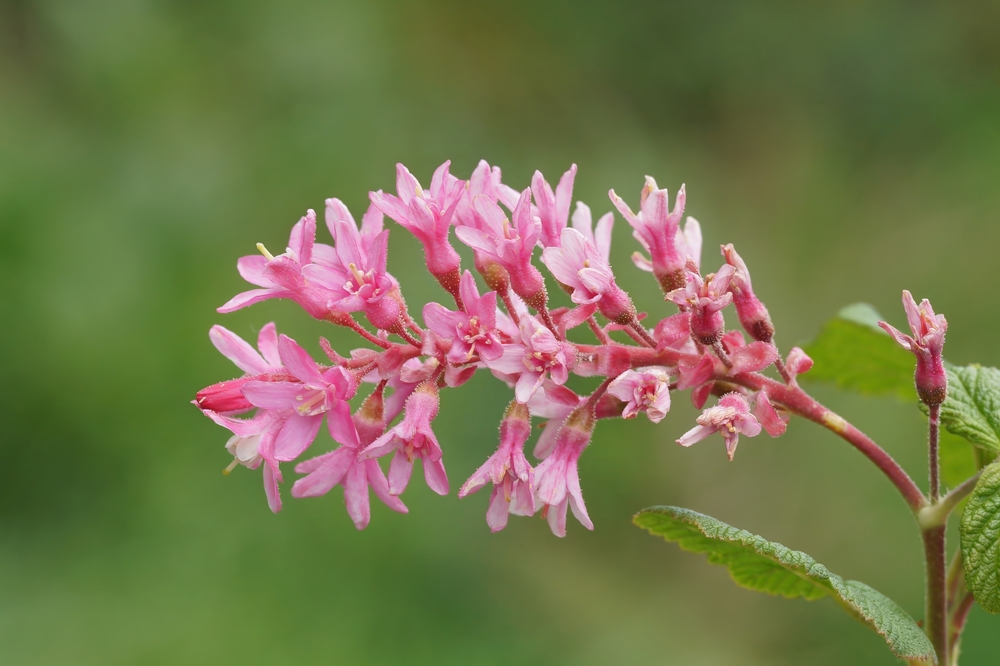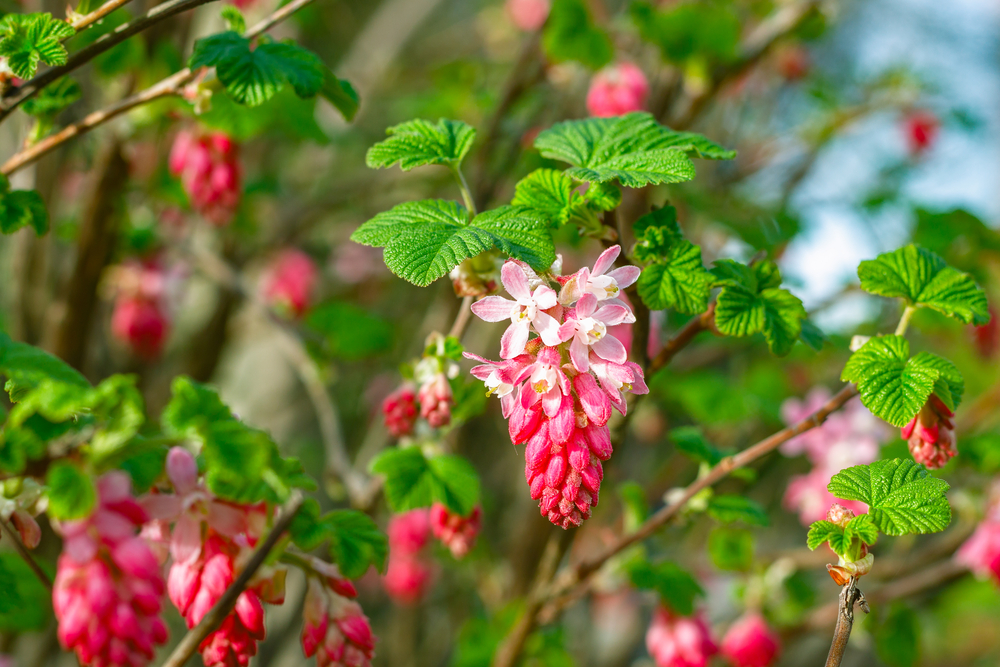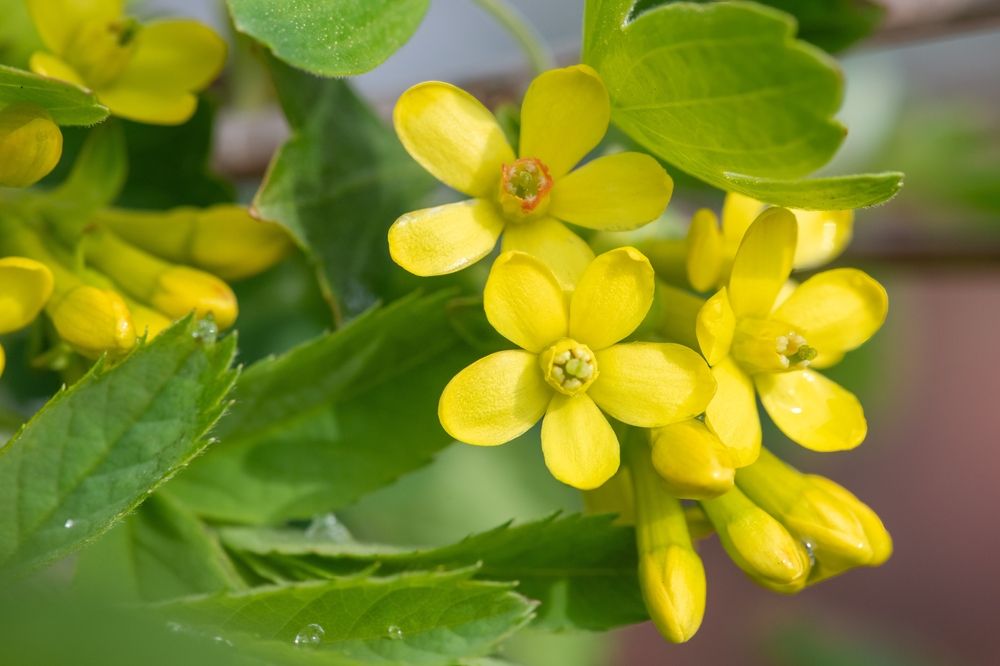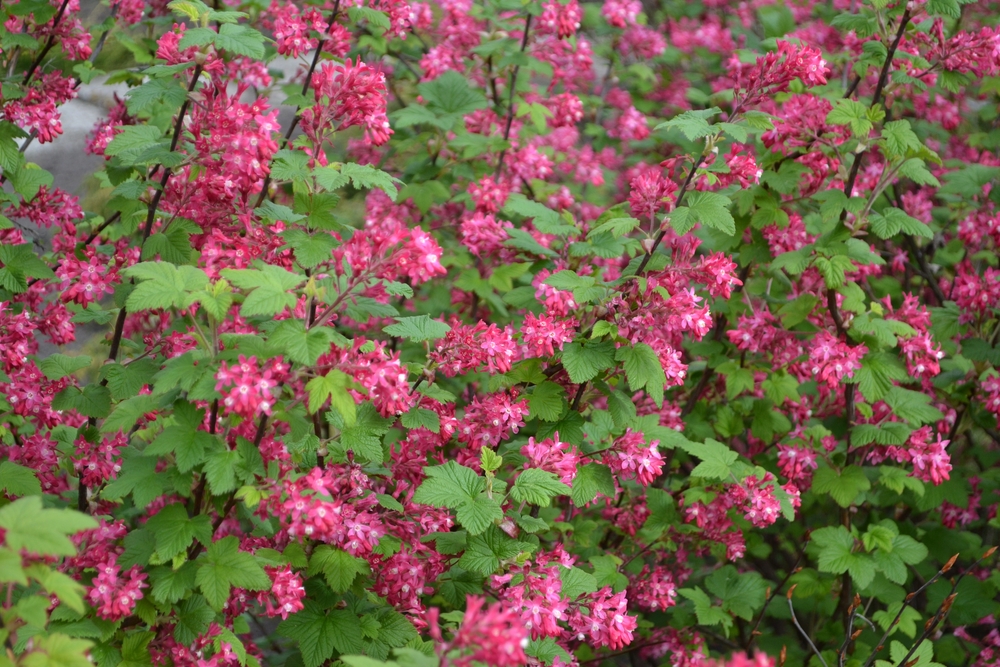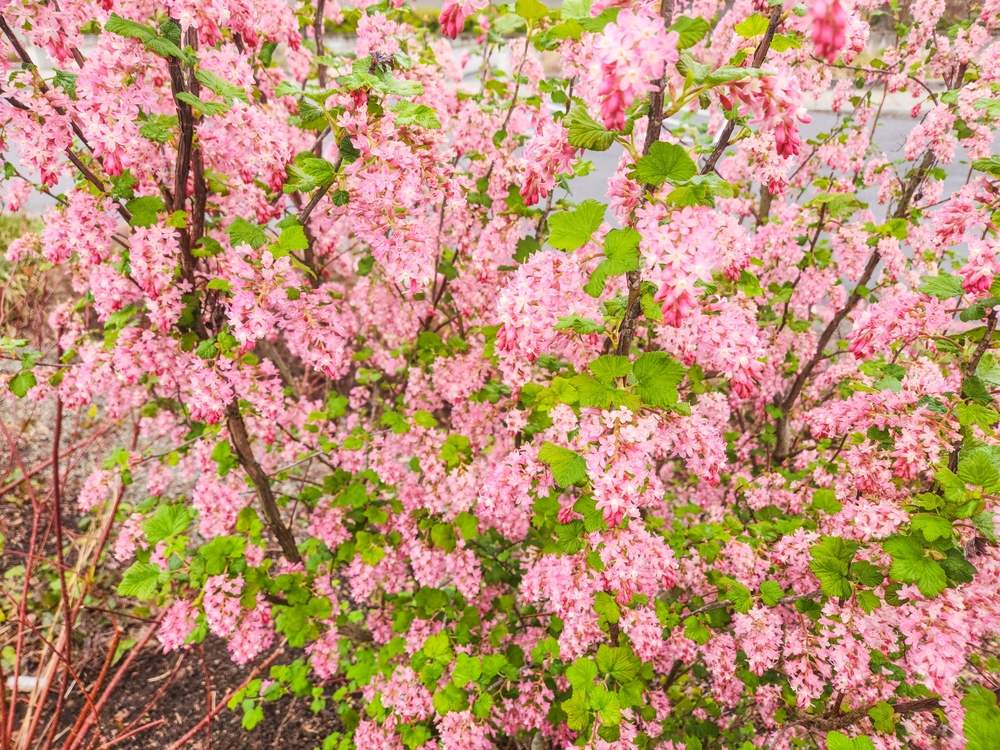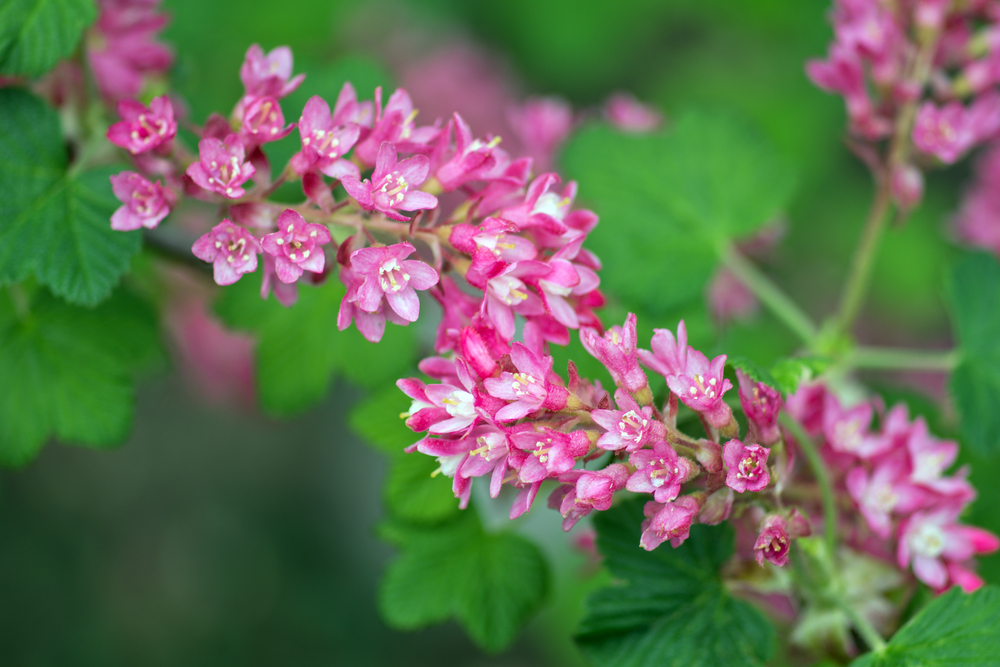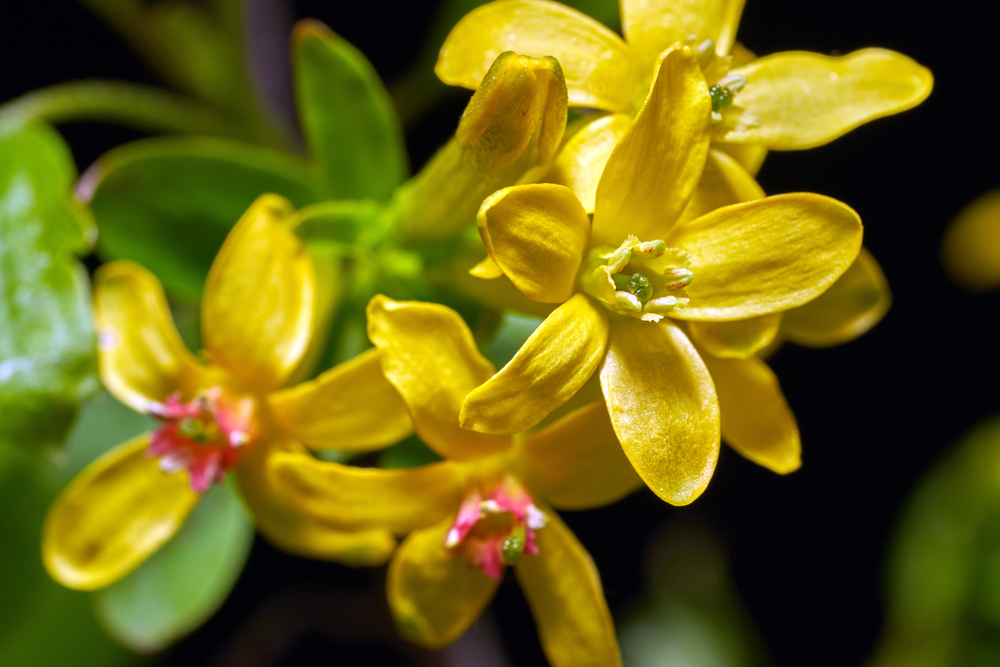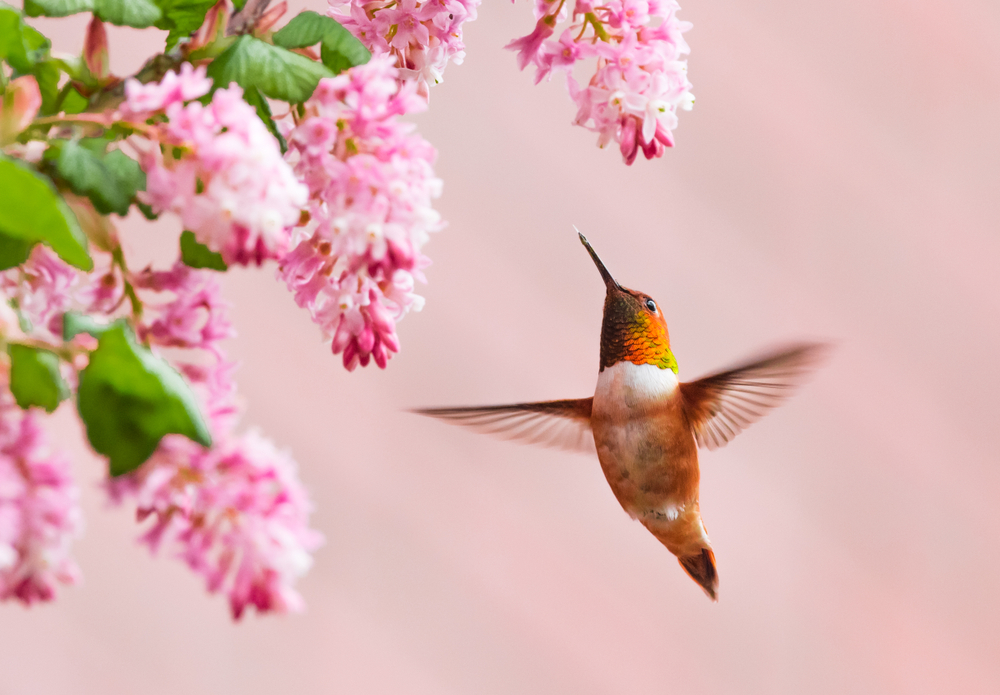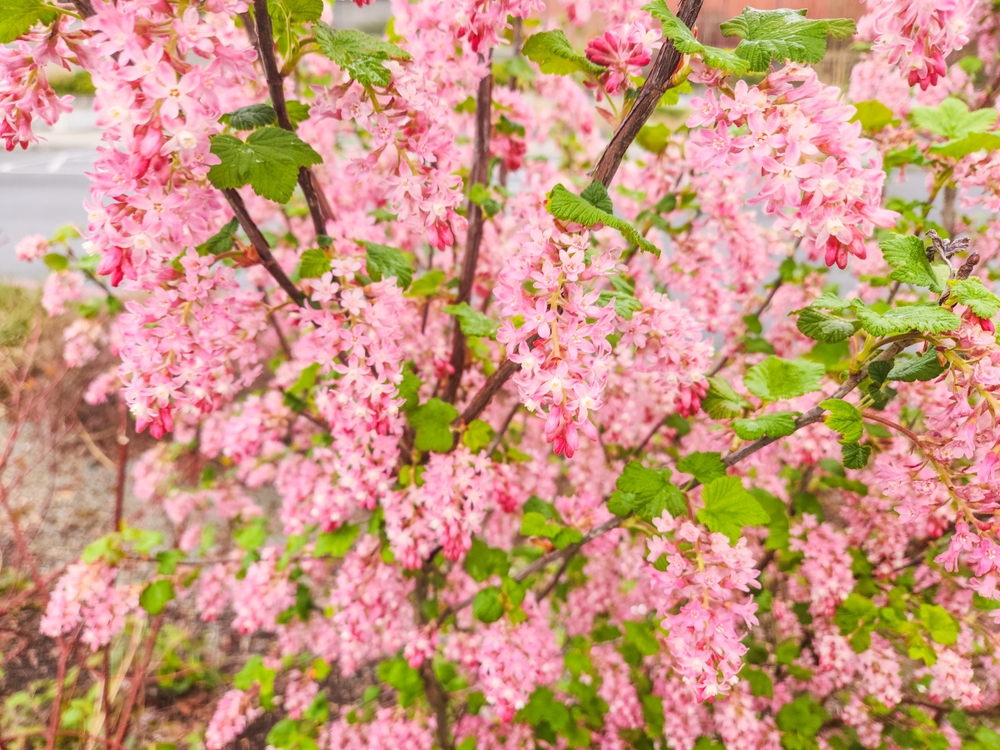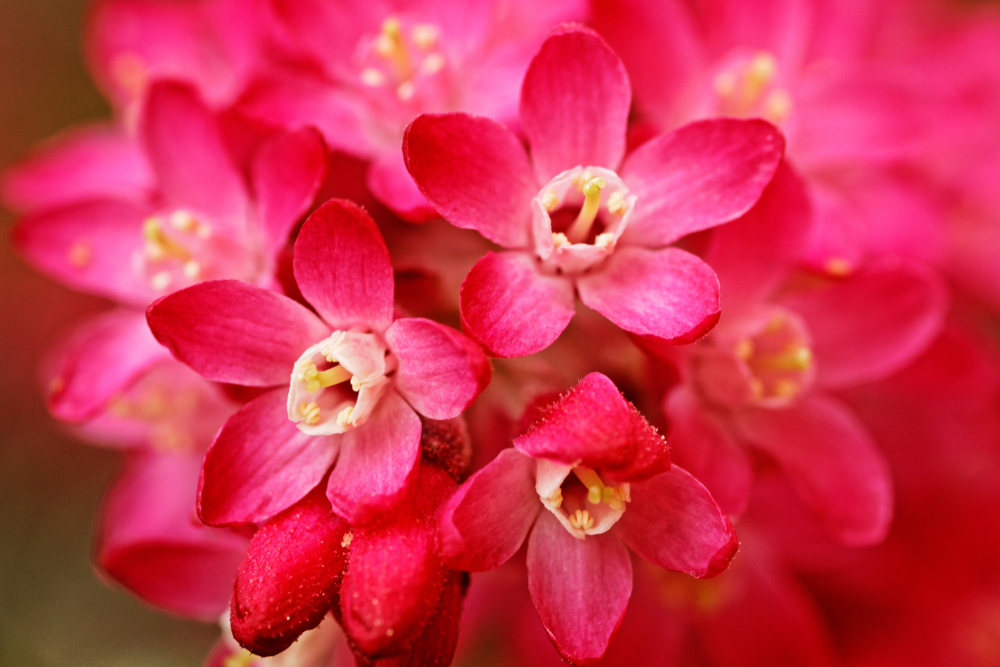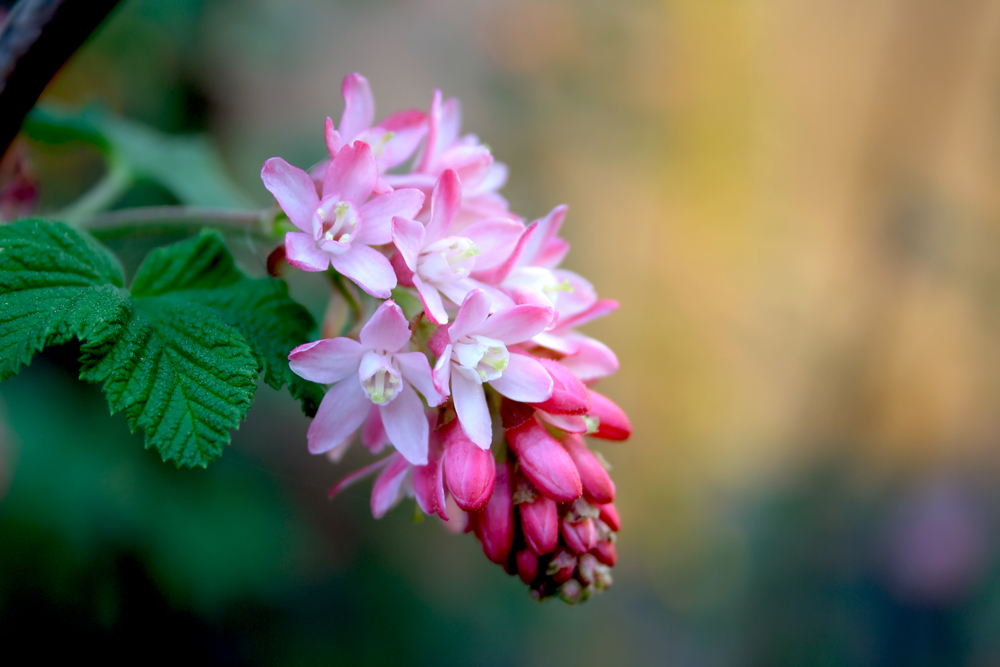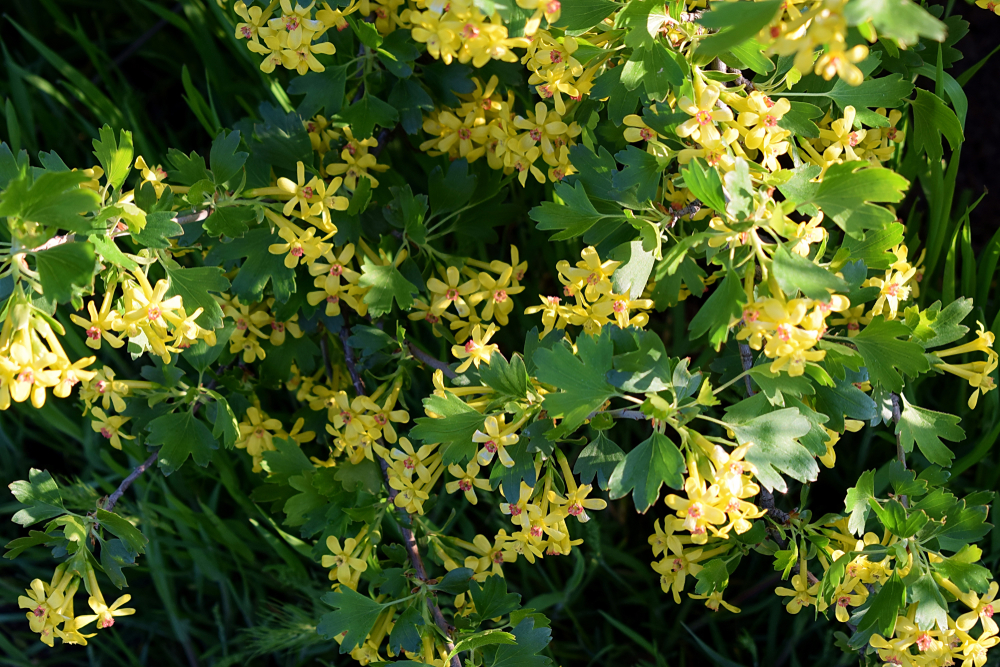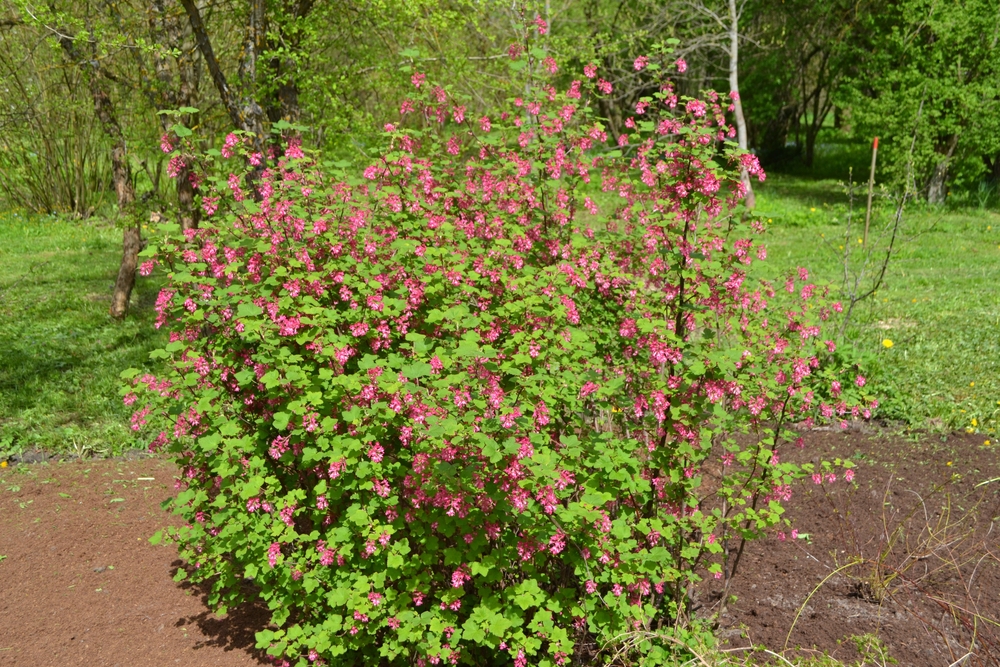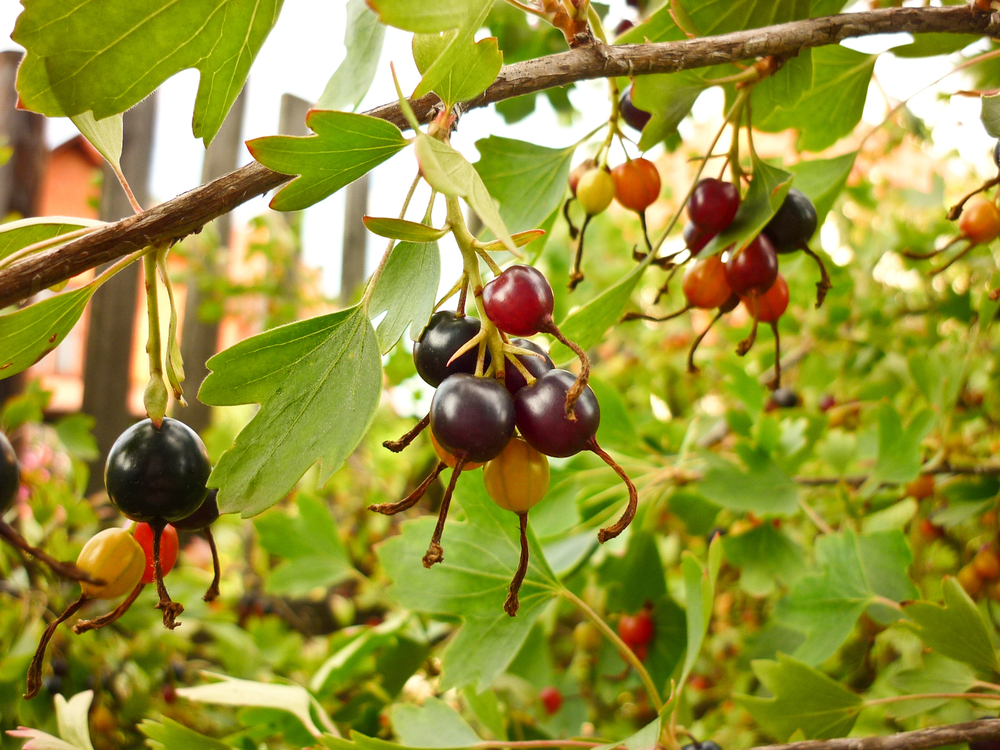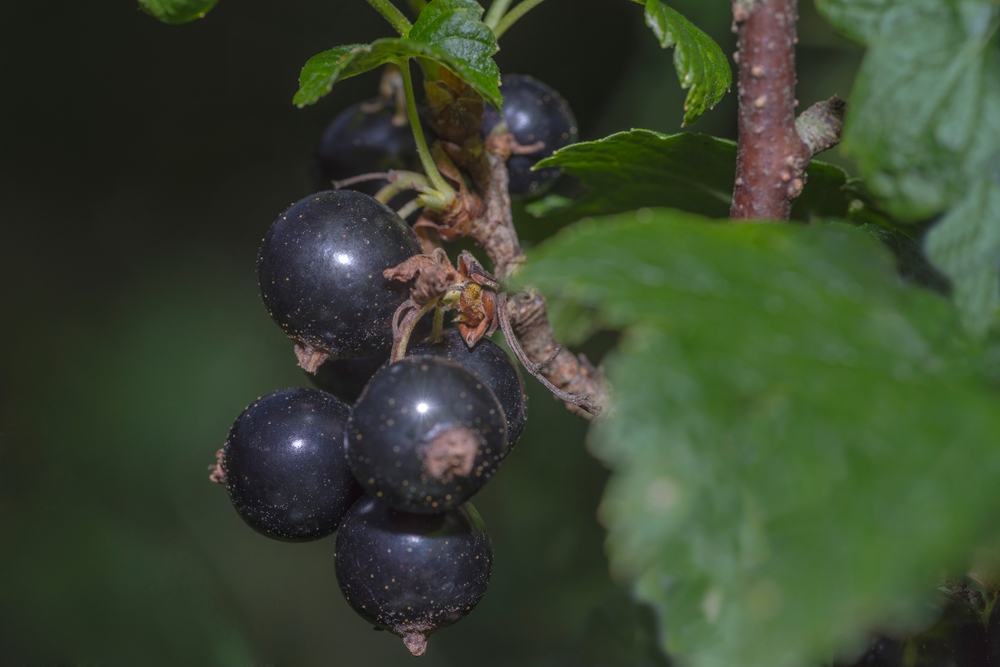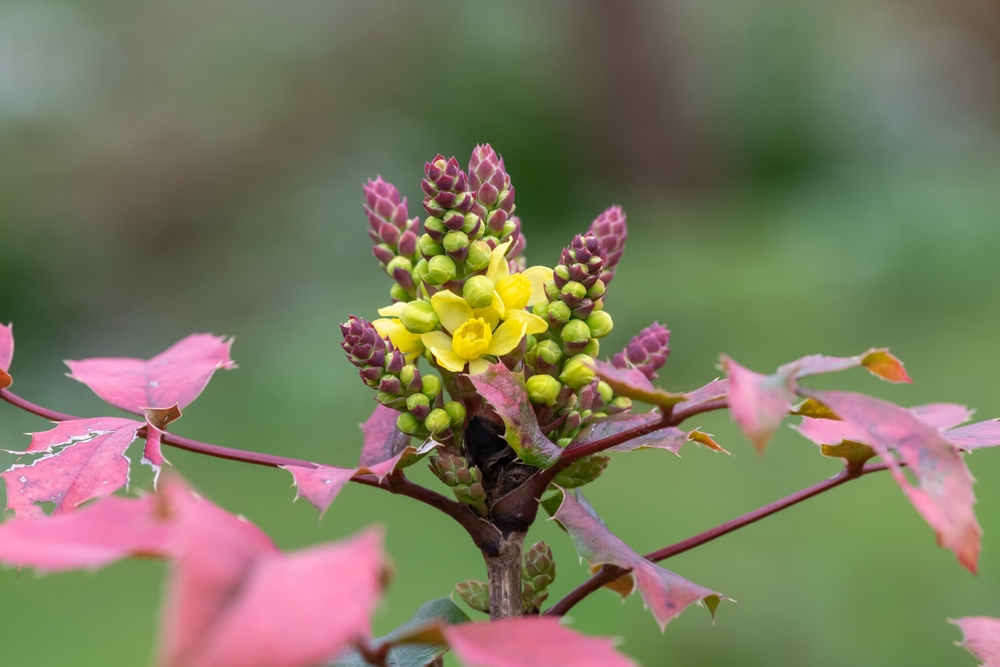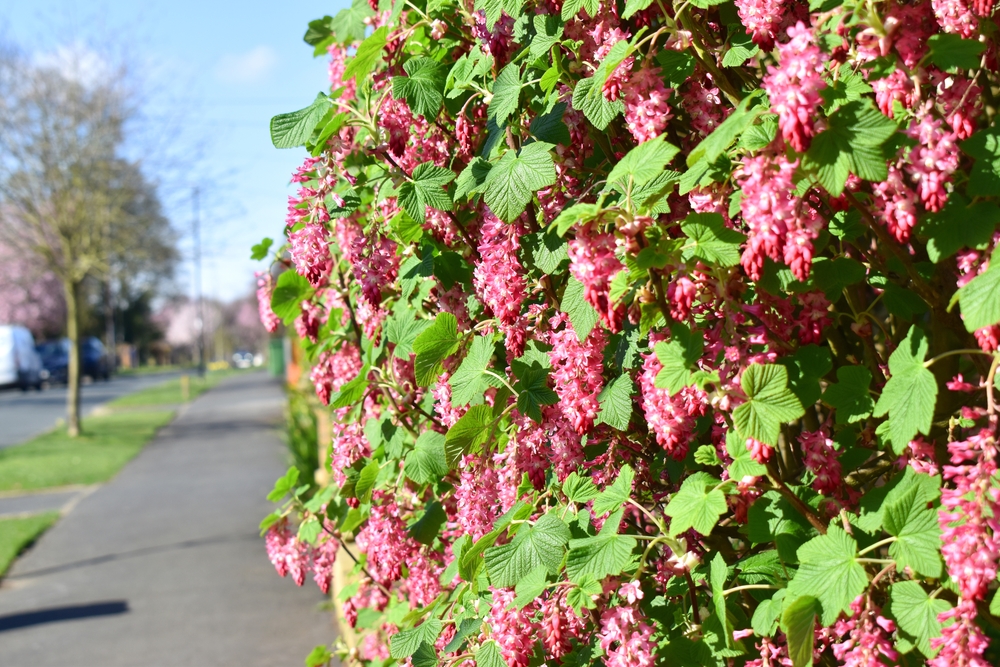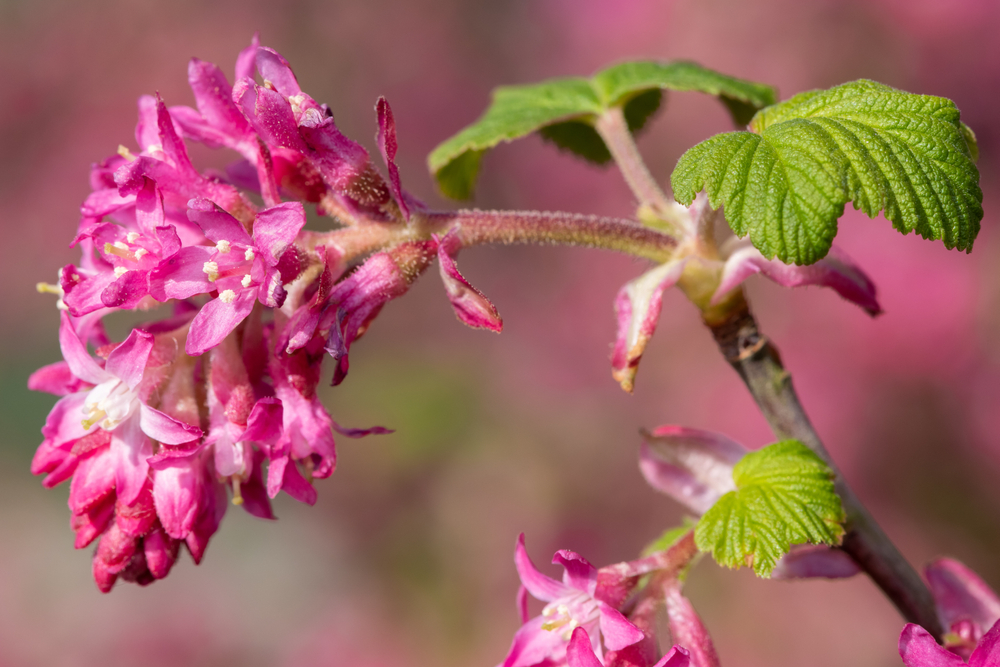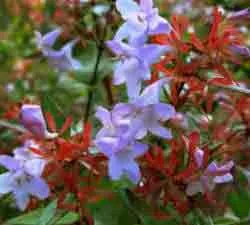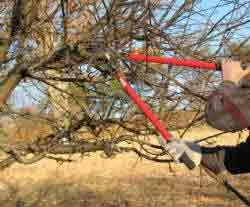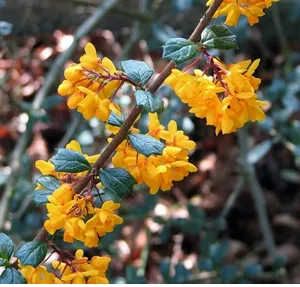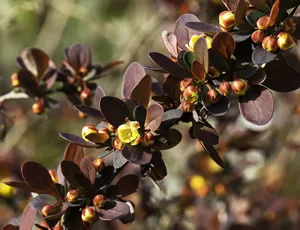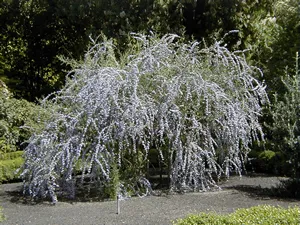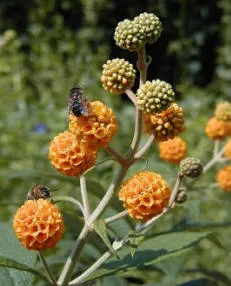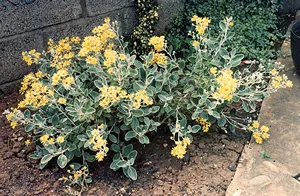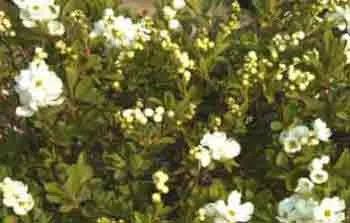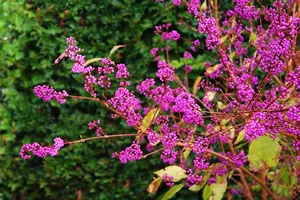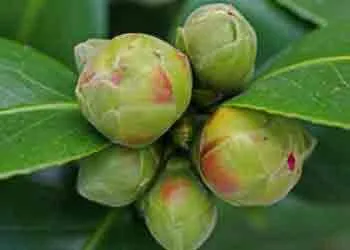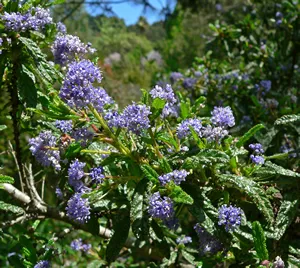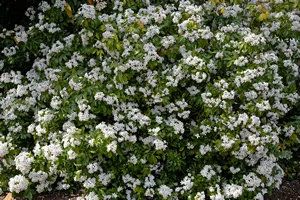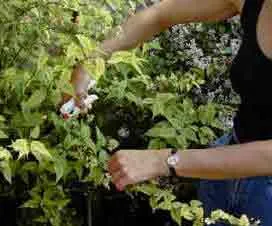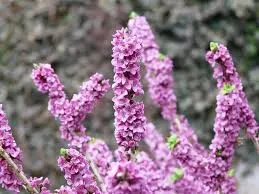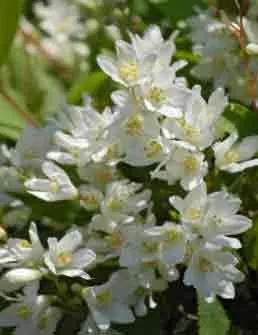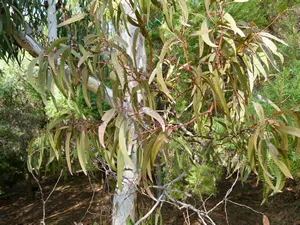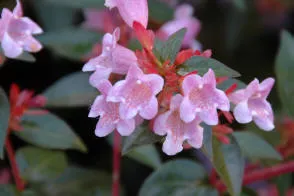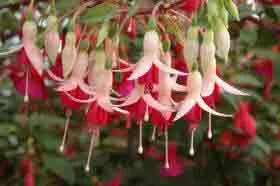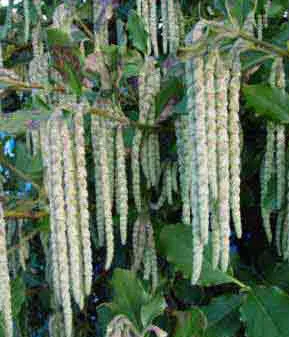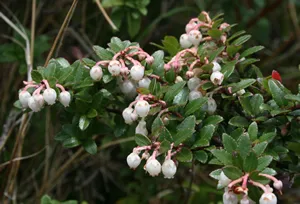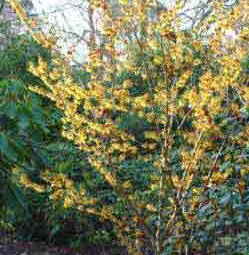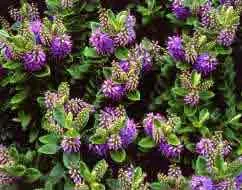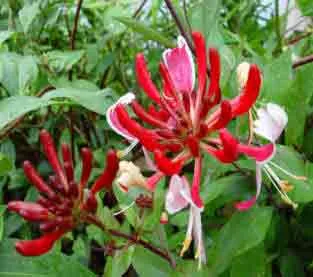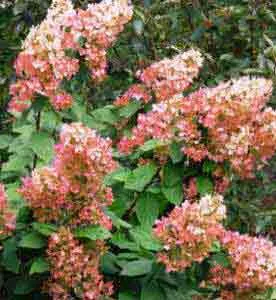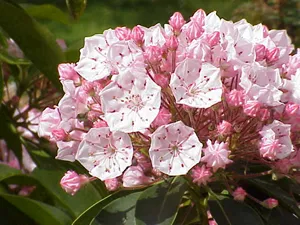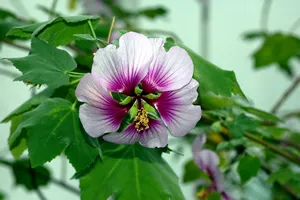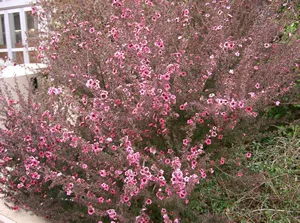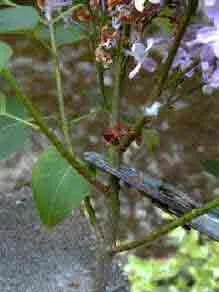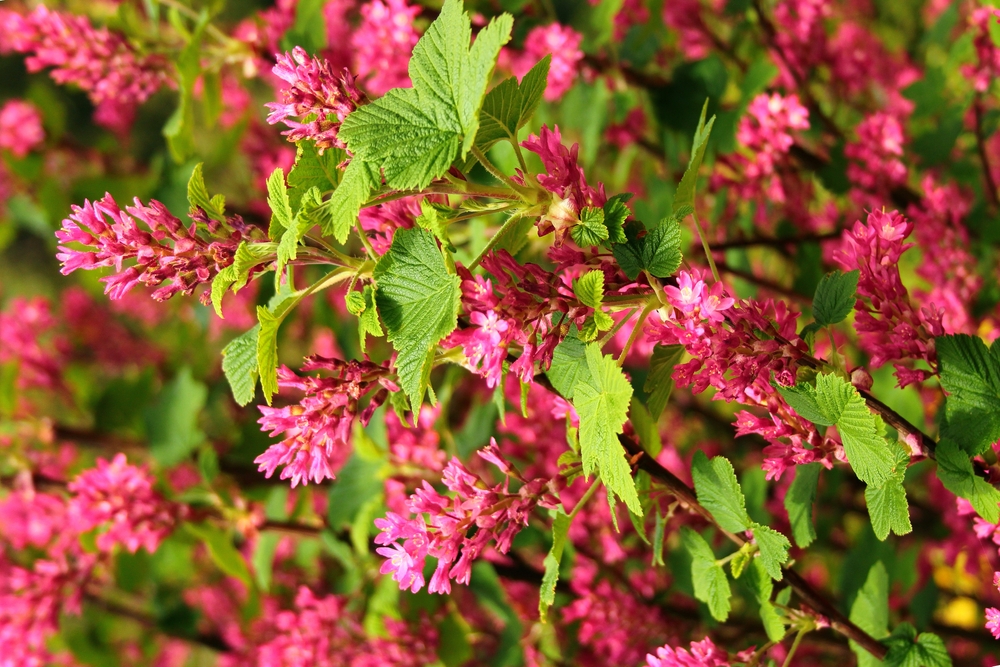
The flowering currant, scientifically known as Ribes sanguineum, is a plant that has captured the attention of foragers, gardeners, and health enthusiasts alike across the UK. This deciduous shrub is celebrated not only for its aesthetic appeal but also for its culinary and medicinal applications.
As winter wanes, the flowering currant heralds the arrival of spring with drooping racemes of aromatic, bright pink flowers. These vibrant blooms are not just a feast for the eyes; they play a crucial role in the ecosystem by providing an early source of nectar and pollen for newly-emerged queen bumblebees and other pollinators. The importance of Ribes sanguineum as a wildlife-friendly plant cannot be overstated, as it supports the early spring activities of these essential insects (Jeremy Bartlett's Let It Grow Blog).
Beyond its ecological contributions, the flowering currant has found its way into the culinary world. Despite the berries not being as juicy or flavorsome as some might prefer, they possess a unique combination of fruity, floral, and herbaceous flavors, making them versatile in both sweet and savory dishes, as well as in drinks (Galloway Wild Foods). This adaptability highlights the plant's potential in creative cooking and beverage preparation.
In addition to its culinary uses, the flowering currant is valued for its medicinal properties. Various parts of the plant, including the berries and leaves, are believed to offer health benefits. These range from aiding digestion to providing relief from respiratory problems, showcasing the plant's potential as a natural remedy (WildflowerWeb).
Moreover, the flowering currant is recognized for its drought tolerance, making it a suitable choice for restoration plantings and an attractive option for gardeners seeking resilient plant species. Its year-round appeal, thanks to its foliage, flowers, and habitat provision, makes it a favored choice among those aiming to create wildlife-friendly spaces (Real Gardens Grow Natives).
Lastly, the essence of the flowering currant has been used in holistic practices to inspire courage and perseverance. This aspect emphasizes the plant's broader significance beyond its physical attributes, touching on the emotional and spiritual support it can offer individuals (Gather Victoria).
In summary, the flowering currant, Ribes sanguineum, stands out as a multifaceted plant within the UK. From its ecological significance to its culinary, medicinal, and holistic applications, it exemplifies the interconnectedness of nature, human health, and well-being.
